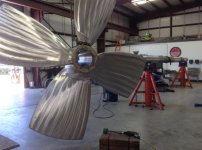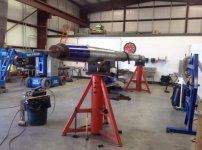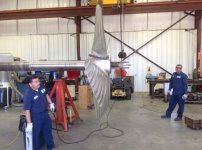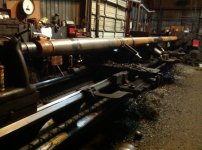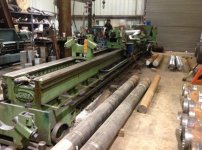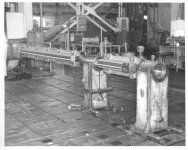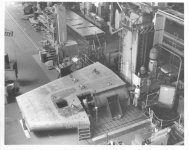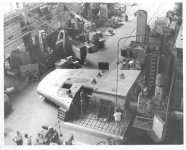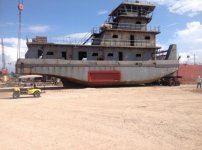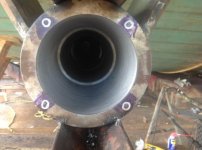jackie schmidt
New member
http://benchrest.com/attachment.php?attachmentid=17435&stc=1&d=1455821230
http://benchrest.com/attachment.php?attachmentid=17437&stc=1&d=1455821388
http://benchrest.com/attachment.php?attachmentid=17438&stc=1&d=1455821670
http://benchrest.com/attachment.php?attachmentid=17439&stc=1&d=1455822174
We hand fit the tapers on these big props after the wheels shops get through repairing them. The Shaft, which we rebuilt, is 13 inch diameter, 31 ft long.
http://benchrest.com/attachment.php?attachmentid=17437&stc=1&d=1455821388
http://benchrest.com/attachment.php?attachmentid=17438&stc=1&d=1455821670
http://benchrest.com/attachment.php?attachmentid=17439&stc=1&d=1455822174
We hand fit the tapers on these big props after the wheels shops get through repairing them. The Shaft, which we rebuilt, is 13 inch diameter, 31 ft long.
Attachments
Last edited:


